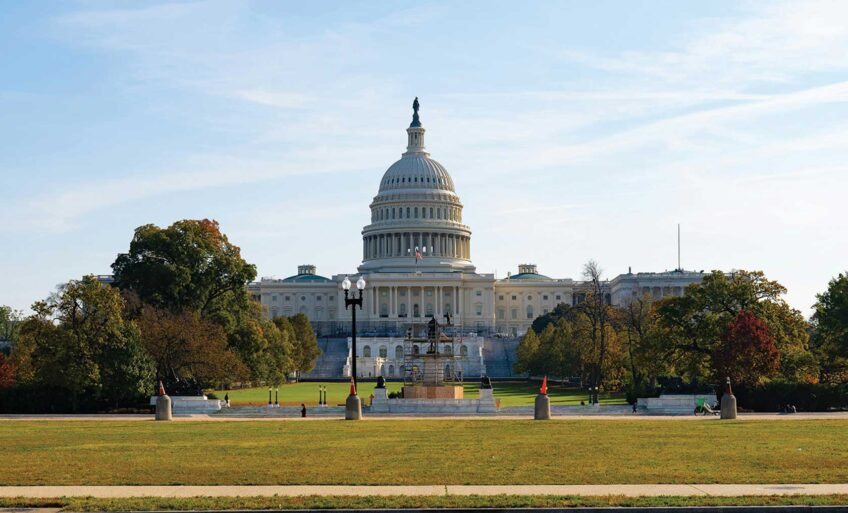Make absentee voting easier for all
I need to confess a shameful secret; a sin of omission that I committed this spring and have regretted ever since. I didn’t vote.
By most measures, I am a politically engaged college student. I read the news and political blogs every day. Since I was in high school, I’ve organized voter registration drives to help other students vote, and can sit for hours discussing policy and politics with friends and family. But on April 1, 2008, when Wisconsin chose its swing Supreme Court justice, I was not a part of that decision.
It’s not that I didn’t care — I probably had a stronger opinion about the two candidates than I’ve had in most elections. I wasn’t distracted by an important trip, nor was I refusing to participate in a broken election system. I was away at school. Between term papers and the less academic portion of the college experience, I forgot to send in an application to get my absentee ballot.
I wasn’t alone. I did an informal survey of acquaintances after the 2006 elections to find out who didn’t vote. If they didn’t vote, I wanted to know why. Not a single person told me, “I didn’t care.” Not a single person said, “I don’t see how the election affects me.”
These are the great myths about young people who don’t vote. Their perpetrators will often point out with a concerned frown that voters aged 18 to 25 tend to have lower turnout rates. However, another statistic points us toward the real story: Among registered voters, 18- to 25-year-olds turn out at basically the same rate as other age groups.
Unfortunately, the American election system contains hurdles that are particularly serious for young, mobile voters. Not only must we navigate complicated identification requirements to register to vote for the first time, but many of us must also apply for an absentee ballot. If you are from Michigan, Tennessee or Louisiana, you may be out of luck — if you register to vote by mail in those states, you are required to vote in person for your first election. This is grossly unfair, not only to newly registered 18-year-old college freshmen, but also to the displaced victims of the recent Gulf Coast hurricanes.
For those of us who can vote by absentee ballot, just figuring out how to get one can be a challenge. The request process varies from state to state, and often even county to county. We need to figure out whether to contact our state elections board, our county clerk or our municipal registrar. In some states, we can simply send our election official an e-mail; however, in others, we must send an original form by mail. Oddly, North Carolina requires a signed, handwritten note requesting a ballot.
Particularly frustratingly are Kentucky, South Carolina and some counties in Illinois, which require that a voter call to have an absentee ballot request form sent, wait for the form to arrive, fill it out, send it back, wait for the ballot to arrive, and send the ballot back in time to arrive on Election Day.
The simple fact is that election rules in the United States are arcane, and a clear nationwide snapshot of any aspect of election administration probably requires different information from each of our country’s thousands of voting jurisdictions. The challenge is assembling that information in a way that is easily accessible to voters, especially new voters who may be less familiar with the process.
Luckily, the Internet provides simple and powerful tools for managing and accessing large amounts of data. Those of us who have grown up with technology expect and demand information in the space of a few clicks. We don’t like wasting time navigating unwieldy Web sites, or having to visit multiple sites to find what we’re looking for.
Providing easy-to-follow guidance through a complicated process should be a first step. That is why some friends and I founded www.govoteabsentee.org, an online resource that guides those who must vote absentee step-by-step through the voting process for their county or municipality, providing forms, procedures, contact information and easy-to-follow instructions.
We must work to change the election process to make it easy and fair. The more transparent these mechanisms of democracy are, the more American voices will be heard on Election Day. As with any election, there will be a significant number of new voters. A lot of them will be 18. We need to ensure that they, and all registered voters, can vote easily — and, if necessary, vote absentee.
Sam Oliker-Friedland is a senior at Brown University and the co-founder of www.govoteabsentee.org.






